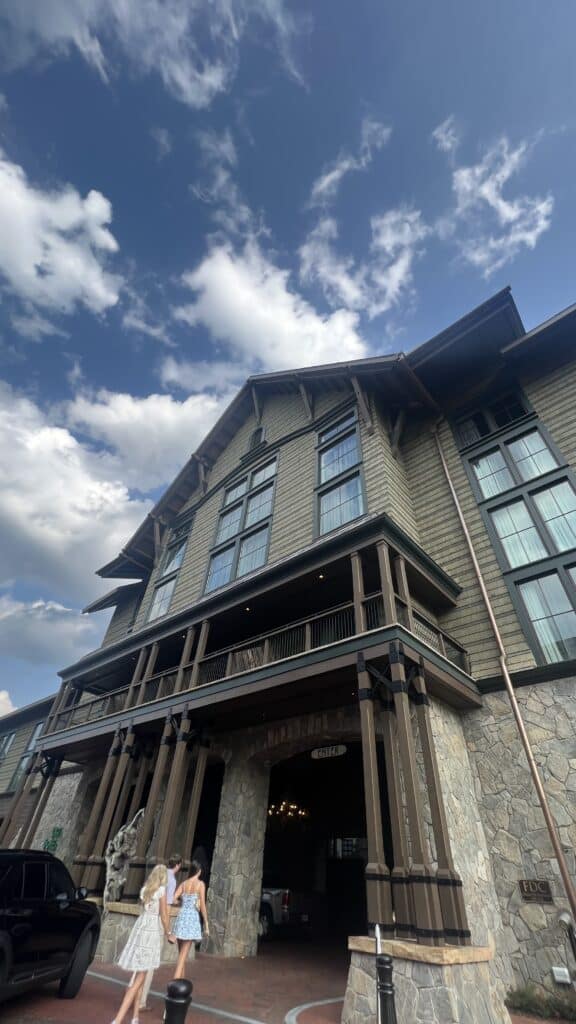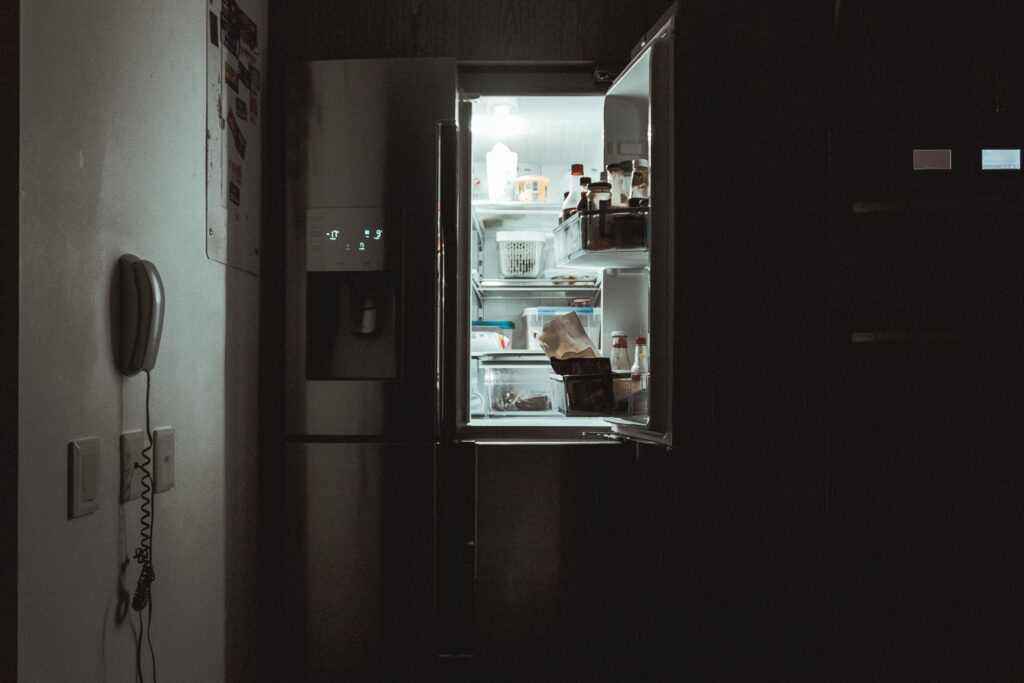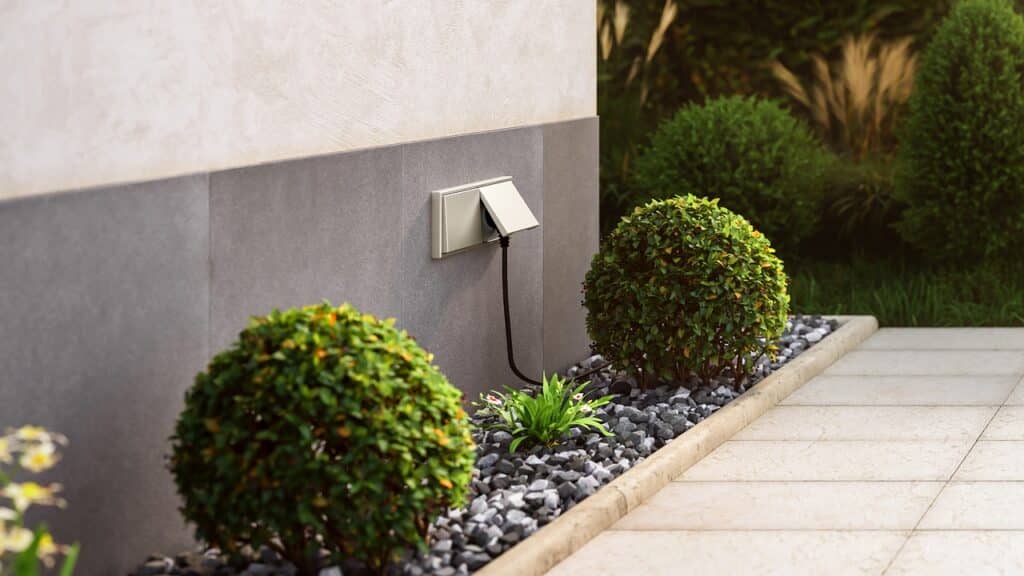As homeowners, we invest in our homes with the expectation that they will provide comfort, safety, and functionality for years to come. Plus, when it comes to selling your home (if you ever wanted to), everything basically needs to be an investment.
Everything needs to be gorgeous, work well, and just overall be optimal. However, the reality is that various components of a home require maintenance, repair, or eventual replacement due to wear and tear, aging, or advancements in technology.
It doesn’t inherently mean you’re a bad homeowner or anything; all of this is just bound to happen truthfully. Over time, things just go bad and need a replacement, even things within the home that need to be used on a daily basis. So, with that said, here’s what needs to be replaced in your home.

Roofing
If you really think about it, your roof is your home’s first line of defense against the elements, but over time, roof shingles or tiles can deteriorate due to exposure to sunlight, rain, wind, and other environmental factors.
Ideally, you’ll have to have regular inspections, and maintenance can help identify issues early, but eventually, the roof may need to be replaced to prevent leaks and structural damage.

HVAC Systems
This one actually surprises a lot of people, but heating, ventilation, and air conditioning systems play a crucial role in maintaining indoor comfort throughout the year. However, these systems have a limited lifespan, typically around 10-15 years.
The last thing anyone wants is a bad HVAC system in their home; plus, the longer it goes without being replaced, the more you’re paying in the long run.
So just make sure to hire some trustworthy professionals like Central Oregon Heating, Cooling, & Plumbing because when you think about the long term, you’re actually saving money. Plus, when you’re upgrading to a more energy-efficient HVAC system, it can not only improve comfort but also reduce energy costs and environmental impact.
If you’ve lived in your house for over a decade and haven’t updated the HVAC, it’s probably time!
Water Heater
Alright, so this is actually something else that a lot of people don’t know about, but when it comes to your water heater ( the appliance that provides you with hot water for bathing, cooking, cleaning, and other household activities), it can indeed break over time. J
ust picture it: you wake up in the morning, looking forward to a hot shower, but all you get is cold water.
Far from ideal, right? Well, over time, water heaters may become less efficient or prone to leaks and failures; in cases like that, you’ll absolutely want a water heater replacement.
For the most part, they only last for about 8 to 12 years. On top of that, it’s best to watch your energy consumption, so when it’s time for an upgrade, be sure to get something that’s more on the sustainable side.

Appliances
Alright, so these are things that just about every homeowner knows about. Even some of the built-in ones, like a built-in oven or stove, will sometimes just reach the end of its lifespan.
Honestly, this goes for all major appliances like your dishwasher, washing machine, and dryer, and the list could just keep going on and on. It’s hard to really say when these die out because it usually varies from the brand, how well they were taken care of, the model, and so on.

Plumbing Fixtures
It’s scary to think about because bad or old plumbing could easily destroy a house, but it’s true that plumbing fixtures get old and can have a nasty impact. So, plumbing fixtures, including faucets, toilets, and showerheads, may wear out or become outdated over time.
Replacing them with water-efficient fixtures can help conserve water, reduce utility costs, and update the look and functionality of your home’s bathrooms and kitchen.
Electrical Wiring
If you’re living in an old house, you’ll especially want to pay attention to this one! Electrical systems are essential for powering your home’s lights, appliances, and devices. However, older homes may have outdated wiring or electrical panels that are not up to code or may pose safety hazards. You might have already guessed, but upgrading electrical wiring and panels can improve safety, reliability, and energy efficiency.

Windows and Doors
Old houses, especially historic homes, are amazing; they’re filled with so much character that new homes truly lack. However, there is a major issue, and that’s the fact that the doors and windows will need to be replaced.
Well, potentially, they’ll need to be replaced depending on their condition. So, as you know, windows and doors play a significant role in energy efficiency, security, and curb appeal.
However, older windows and doors may develop drafts, leaks, or structural issues over time. It’s so important to get around to replacing them if they’re causing issues because energy-efficient models can improve insulation, enhance security, and enhance the overall aesthetics of your home.
Seals
Piggybacking on what was said above, the seals themselves for windows and doors can get pretty damaged over time, too.
After all, it’s actually the seals around doors and windows that play a crucial role in preventing air leaks, moisture intrusion, and energy loss.
So, you need to keep in mind that these can degrade over time due to exposure to sunlight, temperature fluctuations, and normal wear and tear.
So, replacing worn or damaged seals can improve energy efficiency, indoor comfort, and protection against the elements.
Water Supply Line
So, this part goes with the plumbing, but it is something that deserves extra attention. The water supply lines that deliver water to your faucets, appliances, and fixtures are often hidden behind walls, floors, or ceilings, making them easy to overlook.
You’re never really seeing them, so there’s always the assumption that things are fine, right?
However, these pipes can degrade over time due to corrosion, mineral buildup, or freezing temperatures.
That’s why it’s incredibly important to have regular inspections, and proactive maintenance can help prevent leaks, bursts, and costly water damage.
Chimney Liner
If your home has a fireplace or wood-burning stove, it likely has a chimney liner, which helps protect the chimney and your home from heat and moisture damage.
However, chimney liners can deteriorate over time due to exposure to high temperatures and corrosive byproducts of combustion.
Even if you no longer use your chimney or if it’s boarded up, there’s still a chance it can get damaged (it is exposed to the elements).
So, like everything else, there might need to be regular inspections and maintenance since both of these can help identify signs of deterioration and ensure the safety and efficiency of your fireplace or stove.
Garage Door Springs
If you have a garage, you’ll definitely need to pay close attention to this one. Garage door springs are responsible for lifting and lowering your garage door smoothly and efficiently.
Since most people use these on a daily basis, it’s not really going to be much of a surprise that, over time, these springs can wear out due to constant use, exposure to the elements, and, of course, changes in temperature. Replacing garage door springs is a job best left to professionals, but it’s essential to be aware of their lifespan and potential need for replacement.
Sump Pump
Have you ever watched that episode of The Sopranos where there’s a basement flooding? Are you aware of flooded basements? Is this a nightmare you forever hope to avoid?
Well, many homeowners may not even be aware they have a sump pump until they experience a basement flood. You read that right.
Usually, the issue happens when it’s way too late.
Sump pumps are crucial for preventing water damage by pumping excess water away from your home’s foundation. However, these pumps have a lifespan of around 5-10 years and may need replacement or maintenance to ensure they continue functioning properly. Look into this ASAP!

Electrical Outlets
Electrical outlets and switches are used daily in our homes, but for the most part, these don’t get switched out or updated.
So, a lot of homeowners out there most likely don’t even realize that they have a limited lifespan. Over time, outlets and switches can become loose, worn, or outdated, increasing the risk of electrical hazards such as shocks, sparks, or fires.
Is It Worthy Doing All of This?
So, is it actually worth doing this stuff, or is this just another scare tactic so homeowners can throw their money at something? Well, there’s no doubt that being a homeowner is super expensive.
It’s even something that’s ideal for most, either, right? However, with that said, it’s still important to invest in your own. All it takes is one little mistake; that one mistake will lead to a domino effect, which inadvertently will destroy your home.
Besides, a well-maintained home is more likely to retain its value and appeal to potential buyers when it comes time to sell.
Thats why it’s so important to actually keep up with home replacements since this alone is going to demonstrate to buyers that the property has been cared for and is less likely to have hidden issues that could deter them from making an offer. Again, at the end of the day, you truly are just investing to create a better home, a duty all homeowners have.
